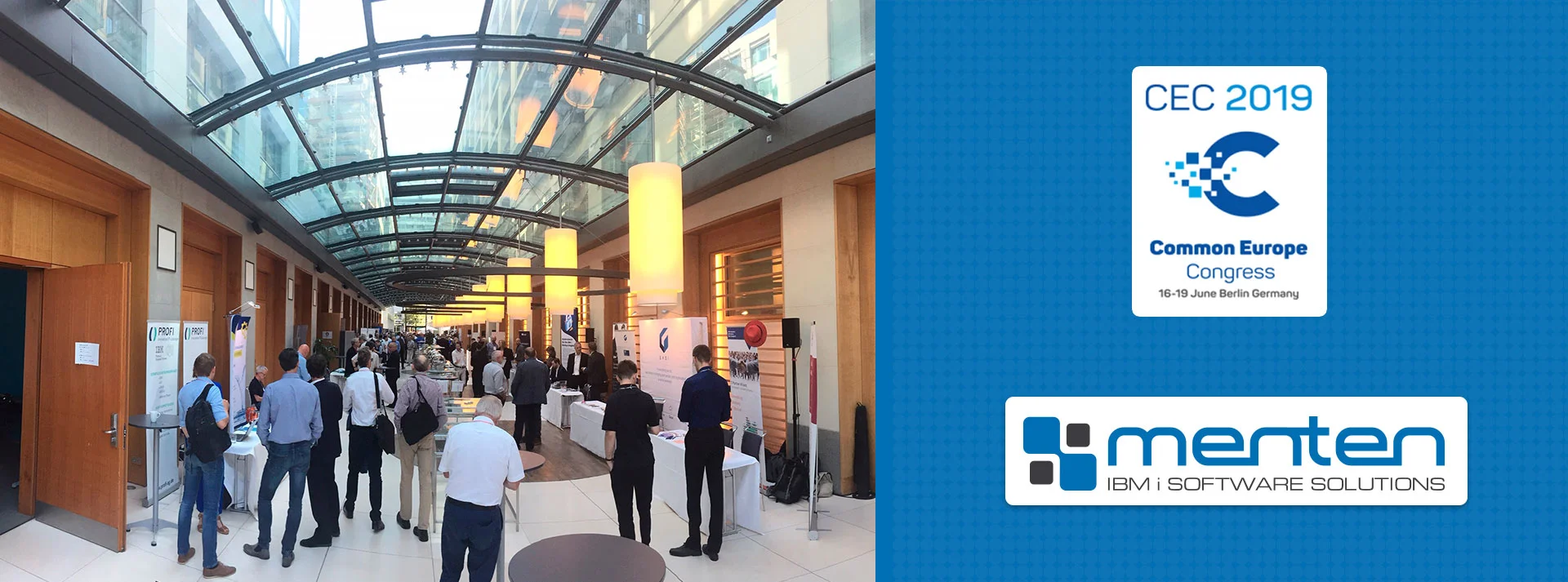EDI-Use-Case with i‑effect® - Common Europe in Berlin 2019 (CEC)
Using a specific example: " Connecting a new EDI partner: Creating & sending an EDIFACT INVOIC via AS2" menten GmbH demonstrates in a 7-step approach which stages are necessary for an EDI connection.
The 45-minute lecture is divided into two phases. The first phase is dedicated to "Requirements". Here Mr. Reimann (Sales Manager of menten GmbH) explains which requirements companies have to meet if they want to send EDIFACT invoices to their partners. To this end, we will first explain what EDI (electronic data interchange) means and which reasons lead companies to implement EDI projects. After a general understanding of EDI has been generated, the exact requirements for the particular project are defined. All information about the data source (here: DB2) and the target format (here: EDIFACT) as well as the selected transmission protocol (here: AS2) are explained in examples. Implementation can now begin.
In the second phase ("Implementation"), Mr. Reimann first explains the meaning and role of EDI mapping as an assignment of source to target. Building on this, Mr. Marcel Menten (IT consultant) will then demonstrate live which features the graphical mapping interface offers by means of a mapping with i‑effect®-MapGui. With the finished mapping of an EDIFACT INVOIC, work continues in the graphical user interface i‑effect®-Webcontrol. This example illustrates how the setup process of an AS2 server and partner profile (client) is realized in i‑effect®. After a successful connection test, the entire EDI worklow is created: Automatic conversion and dispatch of the invoice via AS2 - naturally including error notification.
At the end of the presentation, Mr. Menten gives an overview of the different monitoring possibilities that i‑effect® offers. This includes process tracking, indexing of important keywords and values as well as incoming and outgoing documents.
You can download the presentation in our document area.
i‑effect® presentation download

